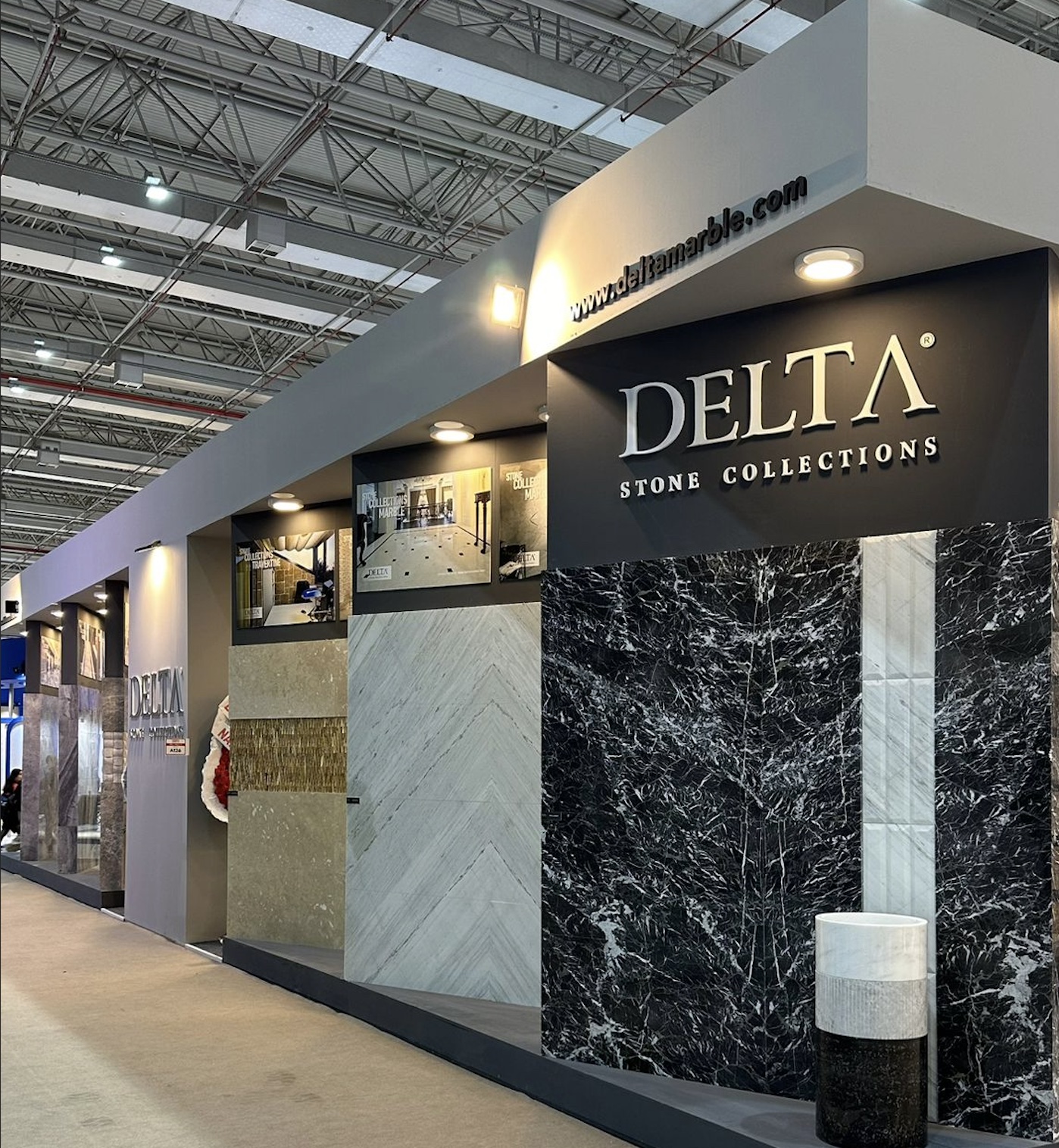The most frequently asked questions about marble are generally centred around the following topics:
Most Frequently Asked Questions about Marble
What is Marble?
Marble is a metamorphic rock formed by the metamorphism of limestone or dolomite under high temperature and pressure. Marble, which is generally crystalline, is found in nature in a wide variety of colours and patterns and is widely used due to its aesthetic appearance.
Detailed information about the definition, formation and chemical structure of marble: What is Marble? How is the Formation of Marble? What is its Chemical Structure?
Detailed information about the definition, formation and chemical structure of marble: What is Marble? How is the Formation of Marble? What is its Chemical Structure?
Accordion Panel
Floor Coverings
Wall Cladding
Stairs
Kitchen and Bathroom Countertops
Washbasins and Bathtubs
Furniture
Decorative Accessories
Fireplaces
White Marble
Black Marble
Green Marble
Beige Marble
Red Marble
Blue Marble
Brown Marble
Click here for more detailed information other than floor coverings, wall coverings and worktops. Marble Usage Areas
Different types of marble and their properties (colours, patterns, degrees of hardness).
How to Care and Clean Marble?
The care and cleaning of marble surfaces is important to preserve the natural beauty and durability of marble.
Care of Marble:
Regular Cleaning:
– Use a soft, damp cloth for daily cleaning.
– Avoid chemical cleaning products; prefer pH neutral cleaning products.
Protective Measures:
– Avoid placing items such as hot pots or pans directly on marble surfaces. Use coasters or trivets.
– Acidic substances (such as lemon juice, vinegar, tomato) can damage marble surfaces. Keep such substances away from marble.
Clean Spills Immediately:
– Wipe up liquid spills immediately before they stain. Especially acidic or coloured liquids can cause permanent stains on marble.
Protective Coating Application:
– Apply a protective sealer to marble surfaces at regular intervals (usually once a year). This provides extra protection against stains and abrasion.
More detailed information on Cleaning Marble: Contains information on how to protect and clean marble surfaces. How to Care and Clean Marble?
What are the Differences Between Marble and Granite?
Summary
| Feature | Marble | Granite |
|---|---|---|
| Composition | Calcite or dolomite | Quartz, feldspar, mica |
| View | Veined, various colours | Speckled, granular structures |
| Sertlik | 3-4 (Mohs) | 6-7 (Mohs) |
| Hardness | Sensitive to acids and scratches | Resistant to scratches and acids |
| Usage | Interior, decorative | Intensive use, outdoor |
| Maintenance | Requires regular maintenance | Requires regular maintenance |
| Price | Can be costly | Usually more affordable |
Detailed Information > What are the Differences Between Marble and Granite?
What are the Advantages and Disadvantages of Marble?
Pros and cons of using marble:
Comparison, advantages and disadvantages of two natural stones:
Marble and granite are both natural stones and offer various advantages, both aesthetically and functionally. However, there are important differences between these two stones. Here are the main differences, advantages and disadvantages between marble and granite:
Marble:
Characteristics:
– Composition: Marble consists mainly of the minerals calcite (calcium carbonate, CaCO₃) or dolomite.
– Appearance: Marble is usually veined and has a homogeneous structure. It can be found in various colours such as white, black, green, beige and red.
– Hardness: It is between 3-4 on the Mohs hardness scale. Marble is a relatively soft stone.
Advantages:
– Aesthetics: The natural veined appearance of marble offers an elegant and luxurious aesthetic. Ideal for artistic and decorative projects.
– Variety: The wide range of colours and patterns provides versatility in decorative projects.
– Cold Surface: Marble has a naturally cold surface, which creates a feeling of coolness, especially in hot climates.
Read More > What are the Advantages and Disadvantages of Marble?
Pros and cons of using marble:
Marble is a widely used material in architectural and decorative applications due to its aesthetic appeal and natural beauty. However, the use of marble involves some advantages and disadvantages. Here are the advantages and disadvantages of marble
How to Cut and Process Marble?
The marble processing process and the techniques used:
The process of cutting and processing marble consists of a series of steps that require attention and expertise. This process includes various stages, from the extraction of marble in natural blocks to its transformation into the desired end product. Here is a detailed description of the process of cutting and processing marble:
How is the Extraction of Marble Blocks?
How is the First Cut in Marble?
How is Marble Fine Cutting and Shaping?
How Are Marble Surface Treatments Performed?
How is Marble Polishing and Honing?
How is Marble Brushing and Old Appearance?
How is marble detail processing and ornamentation done?
How is Memer Assembly and Application?
How to do Final Controls and Maintenance in Marble?
The process of cutting and processing marble requires careful planning, use of appropriate equipment and expertise. These processes reveal the natural beauty and durability of marble, allowing it to be used in various architectural and decorative projects.
What are Marble Costs?
Prices of marble and factors affecting these prices:
The costs of marble can vary over a wide range depending on various factors. The main factors affecting the price of marble include its type, quality, source, processing and transport. Here are the main factors that determine marble prices and general cost information. What are Marble Costs?
What is the Historical and Cultural Importance of Marble?
The use of marble in architecture and art throughout history:
Marble has been used as an important material in architectural and artistic works throughout history. It has been highly valued in many cultures and civilisations for both its aesthetic and functional properties. Here is information about the historical and cultural importance of marble. > What is the Historical and Cultural Importance of Marble?
What is the Durability and Lifespan of Marble?
Information about how durable marble is and its lifespan:
Marble is a very durable and long-lasting material when used correctly and maintained regularly. However, this durability and lifespan may vary depending on various factors. Here is detailed information about the durability and life of marble. > What is the durability and lifespan of marble?
Where is the Best Quality Marble?
Turkey has an important position in world marble reserves and production. High quality marble is mined in various regions throughout the country. Here are the main regions where the highest quality marble is extracted in Turkey:
Afyonkarahisar
Mugla
Bursa
Denizli
Istanbul
Elazig
Balıkesir
Bilecik
Detailed Information > Where is the Best Quality Marble?
These questions are frequently asked by a wide audience, from those looking for general information about marble to those who plan to use marble in a special project. We have shared the answers to these questions with you.

Please check our marble products.



